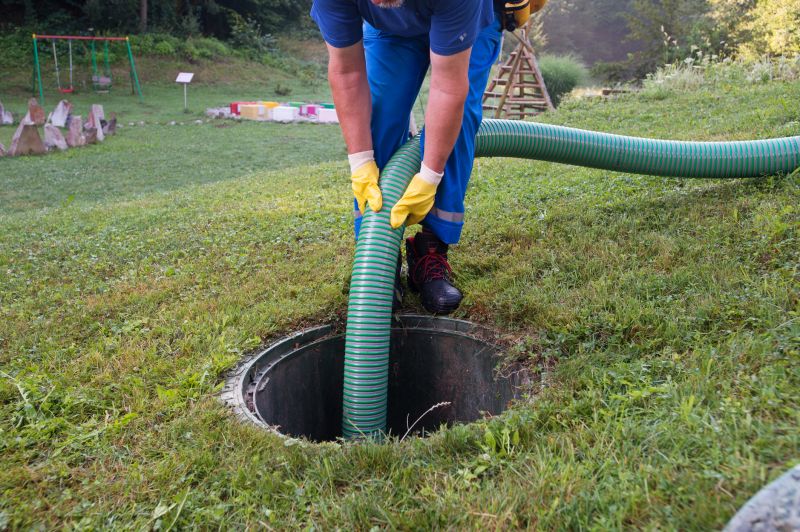Understanding Product Gradings and Timing
Gradings are assessments used to evaluate the quality, maturity, or readiness of a product or material. They are essential in various industries to ensure standards are met and to facilitate proper processing or utilization. Timing of gradings can significantly impact the accuracy and usefulness of the evaluation, making it crucial to identify the most appropriate periods for conducting these assessments.
Conducting gradings at the right time ensures accurate results and optimal decision-making for subsequent steps.
Environmental conditions, product maturity, and industry standards all influence the best timing for gradings.
Proper timing helps maintain consistent quality and reduces the risk of errors or misclassification.
Different industries have unique optimal periods for gradings based on product characteristics and processing cycles.

Visual representation of grading processes at different stages.

Images showing optimal vs. suboptimal timing for assessments.

Equipment used in grading processes.

Ways to make Gradings work in tight or awkward layouts.

Popular materials for Gradings and why they hold up over time.

Simple add-ons that improve Gradings without blowing the budget.

High-end options that actually feel worth it for Gradings.

Finishes and colors that play nicely with Gradings.
| Optimal Timing Factors | Details |
|---|---|
| Product Maturity | Assessments should be done when products reach desired maturity levels. |
| Environmental Conditions | Temperature, humidity, and other factors influence timing. |
| Industry Standards | Follow specific guidelines for timing in each industry. |
| Processing Cycles | Align grading with production schedules. |
| Historical Data | Use previous data to determine the best assessment periods. |
| Visual Indicators | Color, size, and other physical signs signal readiness. |
Gradings are critical for ensuring product quality, consistency, and compliance with industry standards. Accurate timing maximizes the reliability of the assessments and supports effective decision-making. Properly scheduled gradings can lead to increased efficiency, reduced waste, and better resource management.

Photograph of grading process in a controlled environment.

Image showing a product at optimal maturity for grading.

Tools used for evaluating product quality.

Gradings conducted in outdoor or field settings.

Little measurements that prevent headaches on Gradings day.

A 60-second routine that keeps Gradings looking new.

Detailed view of physical assessment techniques.

Signs that indicate the best time for grading.

Visuals of quality checks during grading.

Visual cues of product readiness.

A frequent mistake in Gradings and how to dodge it.

Small tweaks to make Gradings safer and easier to use.

Lower-waste or water-saving choices for Gradings.

The short, realistic tool list for quality Gradings.
Interested parties are encouraged to contact for further information on scheduling gradings and optimizing assessment timing to meet specific needs and standards.
